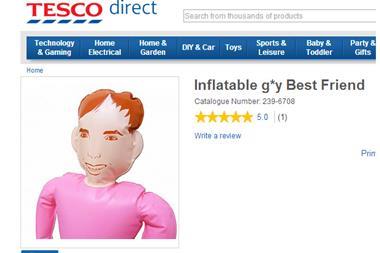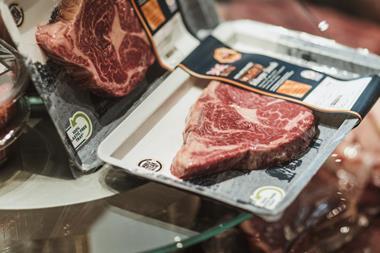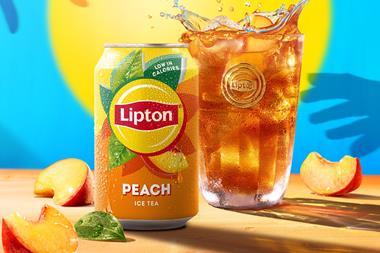My first reaction when stories about Asda and Tesco’s ill-judged ‘mental patient’ Halloween costumes started breaking last night was one of bafflement. “How on earth could this have been allowed to happen?” I wondered – and I’m not just talking about the hand-wringing, rhetorical sense of the question here.
As the public outcry and subsequent backtracking and apologies from Asda and Tesco over the past 24 hours have shown, selling a fancy dress costume that pokes fun at those suffering from mental illness is such a staggeringly stupid move that I am intrigued by the mechanics of how such listings could have been green-lit in the first place.
The retailers themselves haven’t offered much in the way of an explanation so far. In an apologetic tweet, Asda described the costume as an “unacceptable error” and said it had taken it off sale, while Tesco responded to customer complaints by saying it was sorry to have caused offence and confirming it, too, had delisted its costume.
These swift delistings and – in Asda’s case – a £25,000 donation to mental health charity Mind are welcome, but they don’t help us make sense of the incident.
Those critical of large supermarkets may well see this episode as an opportunity to wheel out arguments about insensitive buyer bullies who are just the types to delight in making fun of the mentally ill – if they’re not busy kicking puppies in the streets, that is.
But this wasn’t an isolated case at a single retailer (in addition to Asda and Tesco, Amazon, eBay and other, smaller online retailers have attracted criticism for similarly tasteless costumes), which makes a ‘rogue buyer’ argument difficult to take seriously.
Instead, I wonder to what extent the fact these costumes were sold online made a difference to the rigour of the decision-making process. Supermarkets now offer such a staggering array of products through their websites that the time buyers get to spend reviewing each item must be under increasing pressure, especially when it comes to short-lived, seasonal lines like Halloween costumes.
No, it’s not an excuse and, yes, even a time-poor buyer should have had alarm bells going off at the sight of these costumes, but the sheer volume of lines creates an increased risk here that retailers would do well to keep an eye on, and evolve their procedures accordingly.
More generally, however, I am left with this: if multiple people in different organisations made the same poor judgement call about costumes of this nature, it probably tells us just how far we, as a society, still have to go in raising awareness of mental health issues and fostering greater understanding and sensitivity.
“Let’s have a golliwog costume. It’s only fun,” former footballer Stan Collymore (who has battled with depression in the past) tweeted in response to the fancy dress furore last night.
Of course, such a costume would never make it onto a supermarket website in this day and age, no matter how stressed the buyer might be. Here’s hoping the same common sense will apply to those grubby Halloween rags from now on – that way, there’d be at least some good coming out of this sorry episode.



















No comments yet